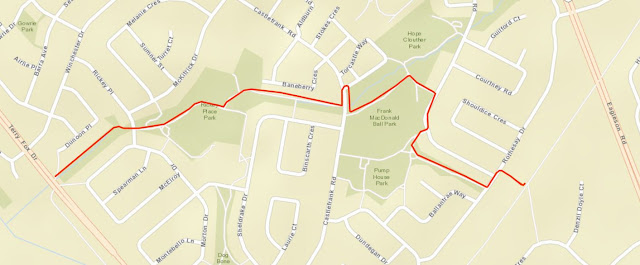I took this screenshot (CBC website) of the standings yesterday showing Germany in first place with 8 medals, Canada second with 10 medals and Norway in third place with 12 medals.
Yes, that's right, because only being the very best in the world (well best at that particular place at that particular time) counts, the rest are all losers, so it seems.
Why do we rate the Olympics that way. The way we rate Olympic success should relate to what we want to accomplish, and the way we rate Olympics can have far reaching effects on how we fund sports and recreation in this country. We have already seen, at least in the past, funding shifted from less popular sports to sports that we have a better chance of winning Olympic medals in.
But what if we measured Olympic success by a points system that included all top ten finishes (tenth best in the world is pretty damn good by most peoples standards) with 10 points for first and one point for tenth.
We would get a much better picture of the depth and breadth of our elite athletes than just counting those in the top three. It would even give us a better measure of how we are progressing towards more medals in the future. And we could start doing it now retroactively using the records of past Olympics.
But is that even the point. Is it really justified to spend all this money on a “pissing contest” to prove we (well actually our elite athletes) are better than the rest of the world. What public policy goal does that serve.
We can only justify spending all this money on the Olympics if it serves some public benefit beyond giving Canadian another excuse to spend more time watching TV (while waving the flag) for two weeks every two years.
We can only justify spending this money if it benefits Canadians beyond the elite athletes that participate. We have to be able to show that the funding benefits a broad range of Canadians by funding sports and recreation for more than just elite athletes and by actually encouraging more Canadians to get involved in sports and recreation. That way we will see results in fitter and healthier Canadians with more balanced lifestyles and even reduced health care costs.
We won't know that if we measure the wrong things. Ultimately what we want to be able to measure is whether Olympic programs increase the participation of Canadians in sport and recreation ultimately leading to more balanced lifestyles and improving their fitness and health.
Knowing that we had the greatest percentage of citizens participating in sports and recreational activities would make me a lot more prouder than knowing that a small group of elite Canadian athletes were the best in the world. Now that is a goal to strive for.










